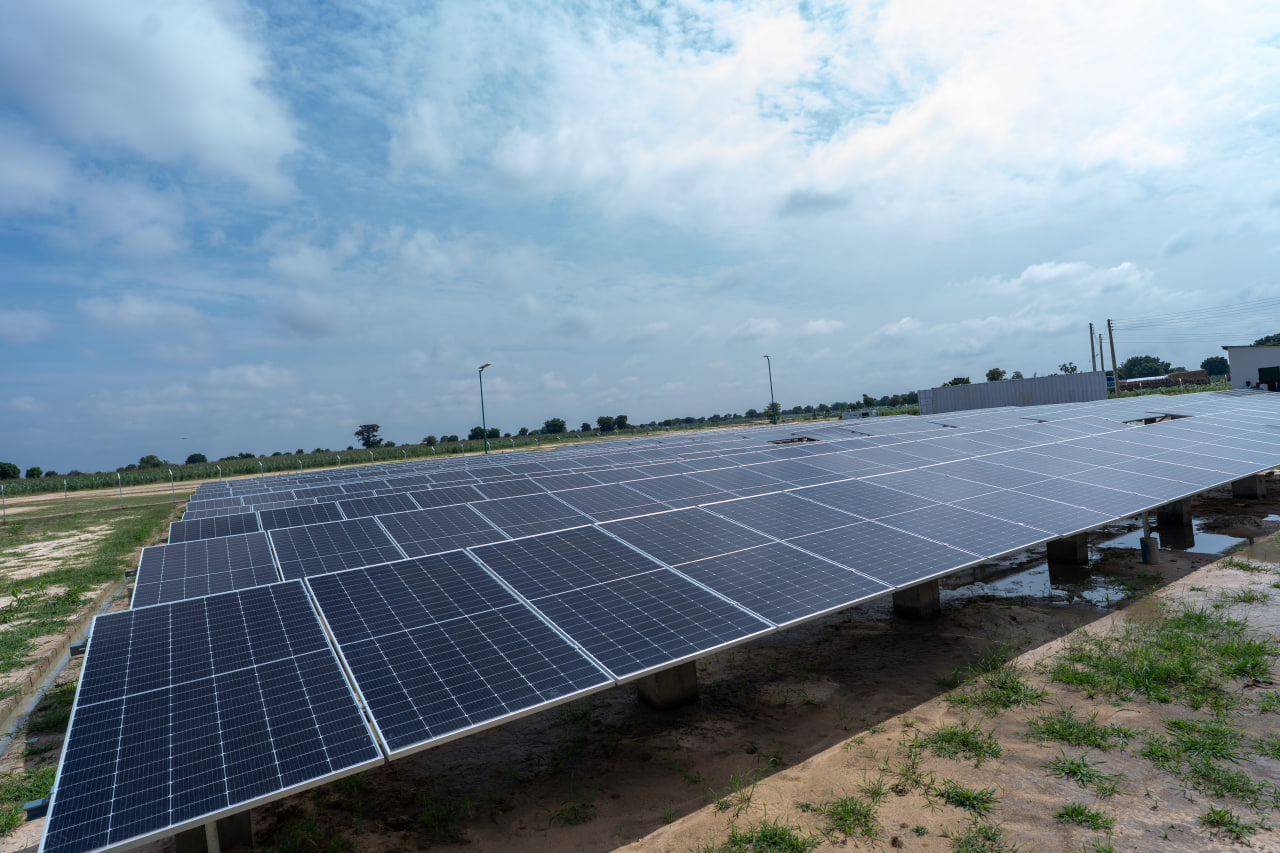The Future of Solar Energy: Trends to Watch in 2025
May 15, 2025
8 min read
Khalis Muhammad Dabai

Solar PV continues its steep learning curve: costs fall, performance rises, and deployments accelerate from residential rooftops to utility-scale and minigrids. In Nigeria, the growth is driven by captive C&I, isolated minigrids, and rural electrification programs (NEP, DARES, PBG).
1) Cell and Module Innovations
- Tandem/perovskite-on-silicon labs are topping 30% efficiency; commercial pilots expected to grow.
- TOPCon and HJT continue to displace PERC with better low-light and temperature performance.
- Bifacial modules paired with trackers lift energy yield 5–15% vs monofacial, depending on albedo.
2) Inverters and Controls
- Hybrid inverters with PV + battery + generator input simplify microgrid designs.
- Module-level power electronics (optimisers/microinverters) improve shade tolerance and safety (rapid shutdown).
- Grid-forming inverters enhance stability for islanded minigrids and weak grids.
3) Storage Trajectory
- LFP remains dominant for stationary storage due to safety and cycle life; LMFP and sodium-ion emerge for cost resilience.
- Standardised BESS containers with advanced BMS/EMS reduce integration risk and commissioning time.
4) Software, Data, and O&M
- Digital twins and AI-based fault detection cut downtime and truck rolls.
- Portfolio monitoring via MQTT/Modbus gateways unifies multi-vendor sites.
- Performance Ratio (PR) tracking and Soiling Loss KPIs enable targeted cleaning schedules.
5) Nigeria Context
- Rural electrification: minigrids delivering 24/7 power to underserved communities under REA programs (NEP, DARES, PBG).
- C&I: PV + battery to reduce diesel run-hours, hedge tariffs, and improve reliability.
- Localisation: workforce training, O&M standards, and spare-parts logistics are decisive for uptime.
Explore real deployments on our Projects page and learn how we design, build, and operate reliable systems across Nigeria.
Tip: For Nigeria’s hot climate, prioritise low NOCT modules, adequate ventilation, and conservative inverter loading to protect lifetime yield.
